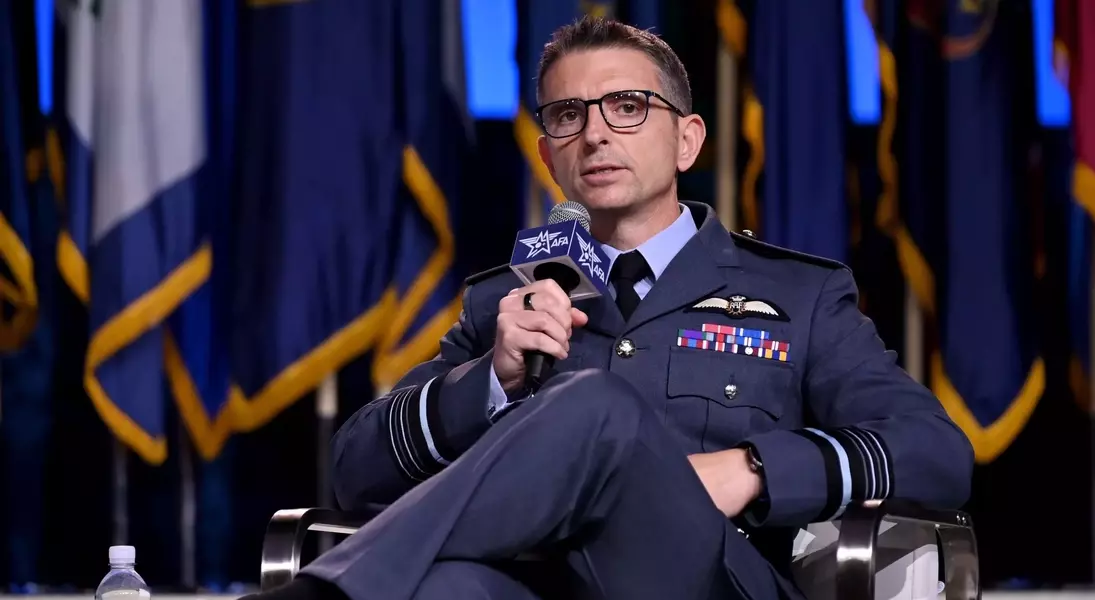Charting the Future: The Space Force's Visionary Space Futures Command
The U.S. Space Force is taking bold steps to shape the future of space operations, establishing a dedicated task force to envision and structure its forthcoming Space Futures Command. While the details are still emerging, this new command promises to be a game-changer, combining cutting-edge research, wargaming, and strategic analysis to ensure the Space Force is prepared for the challenges and opportunities that lie ahead.Unlocking the Potential of Space: The Space Force's Strategic Vision
Laying the Groundwork for Space Futures Command
The Space Force has recognized the critical importance of anticipating and adapting to the rapidly evolving space domain. To this end, they have assembled a dedicated "Task Force Futures" to spearhead the development of the Space Futures Command. This cross-functional team, led by Lt. Gen. Shawn Bratton, the Space Force's chief planning officer, is tasked with defining the authorities, manning, and processes required to make this new command a reality.Through a recent tabletop exercise, the task force has begun to explore the intricate details of how Space Futures Command will function. They have grappled with questions such as: How will the flow of data and intelligence be integrated into the command's decision-making processes? What capabilities and resources will be needed to support its strategic objectives? By engaging in this rigorous analysis, the task force is laying the groundwork for a robust and adaptable Space Futures Command.Leveraging Existing Capabilities and Expertise
One of the key advantages of the Space Futures Command is its ability to build upon existing elements and personnel within the Space Force. The Space Warfighting Analysis Center (SWAC) and Space Delta 10, which handles doctrine and wargaming, are already in place, providing a solid foundation for the new command.This approach, as RAF Air Marshal Paul Godfrey, the first assistant chief of space operations for future concepts and partnerships, points out, is akin to "building the plane as we're flying it." By integrating these existing capabilities, the Space Futures Command can hit the ground running, without the need to start from scratch.However, Godfrey also acknowledges that the new command may be "undermanned" to start, even if the total manpower required is relatively small. The Concepts and Technology Center, a new addition, will need to be established, while the other elements, such as the SWAC and Wargaming Center, will need to be seamlessly integrated into the overall structure.Fostering Collaboration and Partnerships
The Space Futures Command is envisioned as a powerful connector, not just within the Space Force, but also with other military space organizations and international allies. Gen. B. Chance Saltzman, the Chief of Space Operations, emphasizes the importance of this collaborative approach, stating that the command will serve as the "front door" for allies and partners to contribute to the development of the Space Force's "objective force."By understanding the capabilities that international partners can bring to the table, the Space Futures Command can help the Space Force design a more comprehensive and efficient force structure. This could potentially reduce the need for the Space Force to invest in resources that can be provided by allies, leading to cost savings and a more integrated, global approach to space operations.Charting the Path Forward
While the initial timeline for the Space Futures Command's initial operational capability has been adjusted, Gen. Saltzman has assured that the team is committed to making it happen "within a year." The focus, he says, is on putting the right milestones and processes in place, rather than rushing to meet an arbitrary deadline.This deliberate approach reflects the Space Force's commitment to getting the Space Futures Command right, ensuring that it is equipped with the necessary authorities, resources, and strategic vision to shape the future of space operations. As the command takes shape, it will undoubtedly play a pivotal role in guiding the Space Force's long-term priorities, capabilities, and partnerships, solidifying its position as a vital component of the U.S. military's space dominance.

